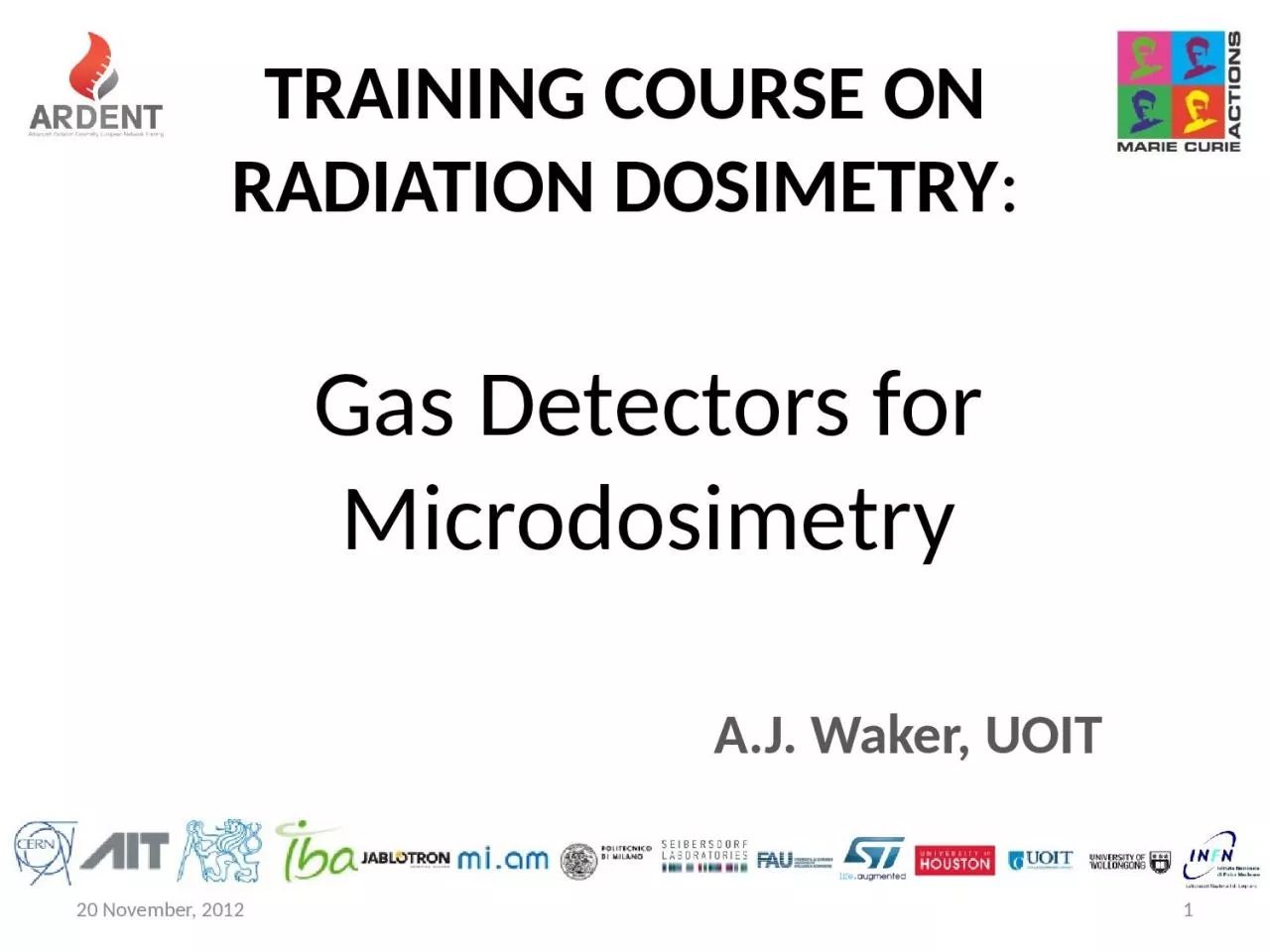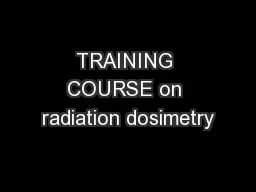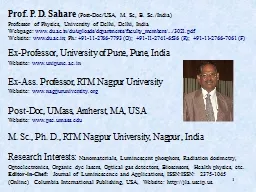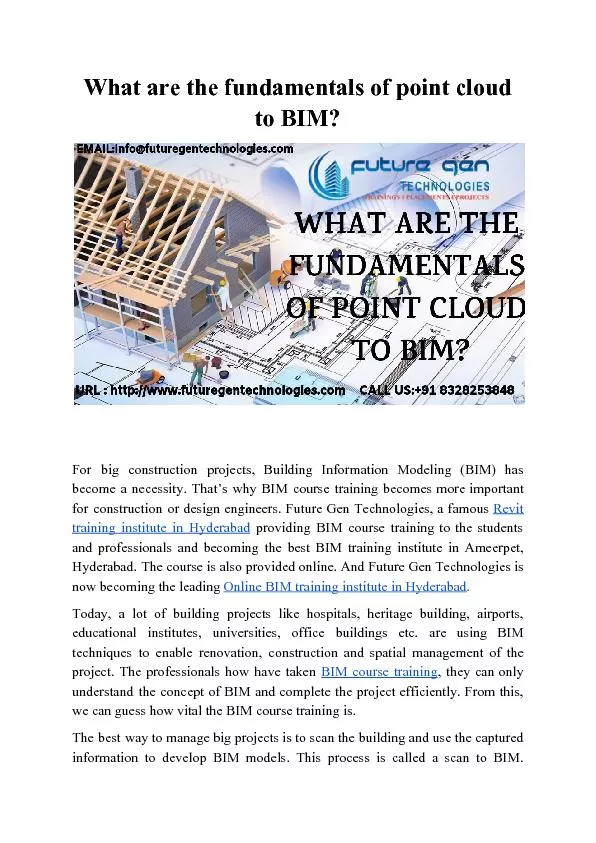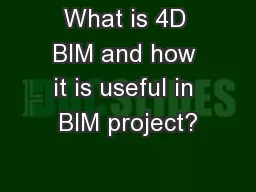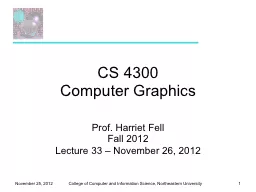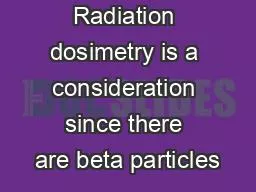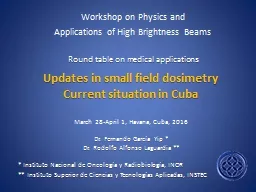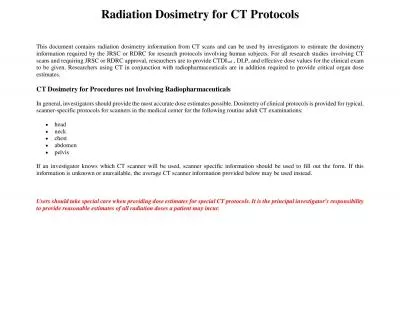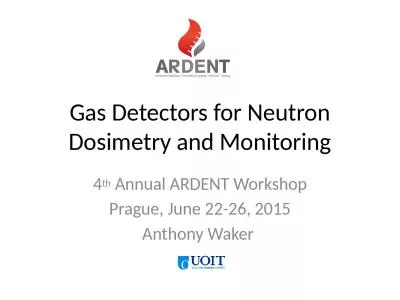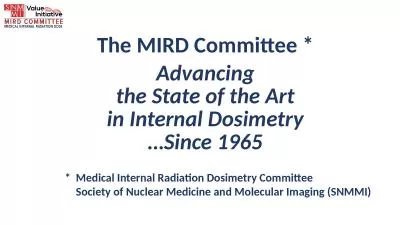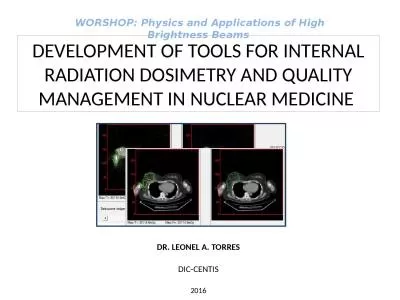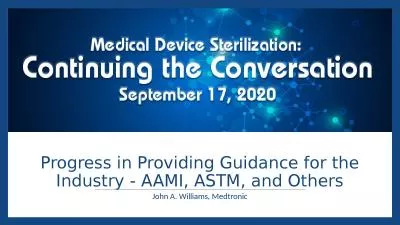PPT-20 November, 2012 1 TRAINING COURSE on radiation dosimetry
Author : scarlett | Published Date : 2022-06-18
Gas Detectors for Microdosimetry AJ Waker UOIT One of the oldest and most widely used radiation detector types Gasfilled detectors respond to the direct ionization
Presentation Embed Code
Download Presentation
Download Presentation The PPT/PDF document "20 November, 2012 1 TRAINING COURSE on r..." is the property of its rightful owner. Permission is granted to download and print the materials on this website for personal, non-commercial use only, and to display it on your personal computer provided you do not modify the materials and that you retain all copyright notices contained in the materials. By downloading content from our website, you accept the terms of this agreement.
20 November, 2012 1 TRAINING COURSE on radiation dosimetry: Transcript
Download Rules Of Document
"20 November, 2012 1 TRAINING COURSE on radiation dosimetry"The content belongs to its owner. You may download and print it for personal use, without modification, and keep all copyright notices. By downloading, you agree to these terms.
Related Documents

